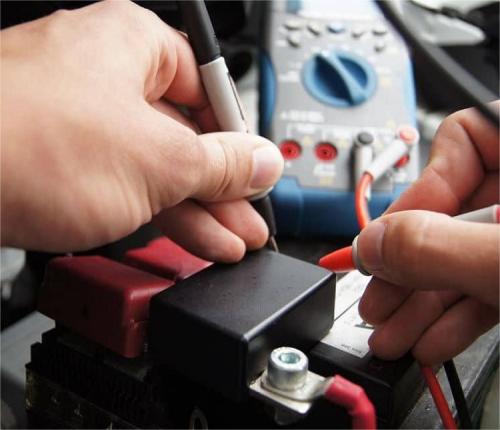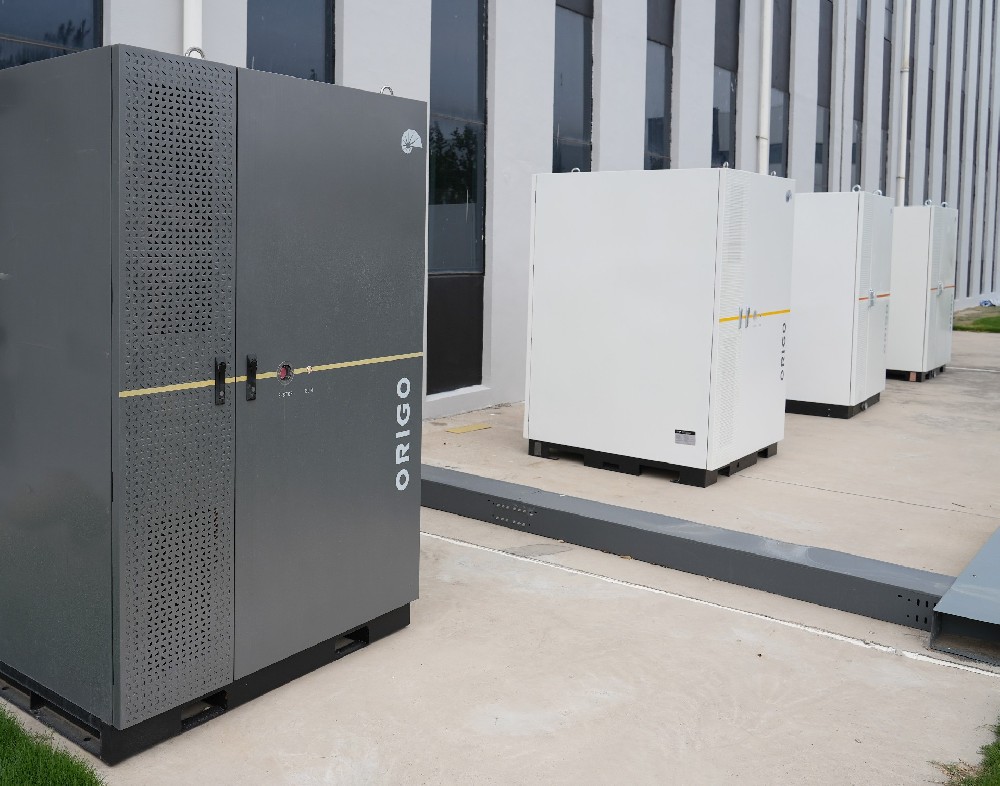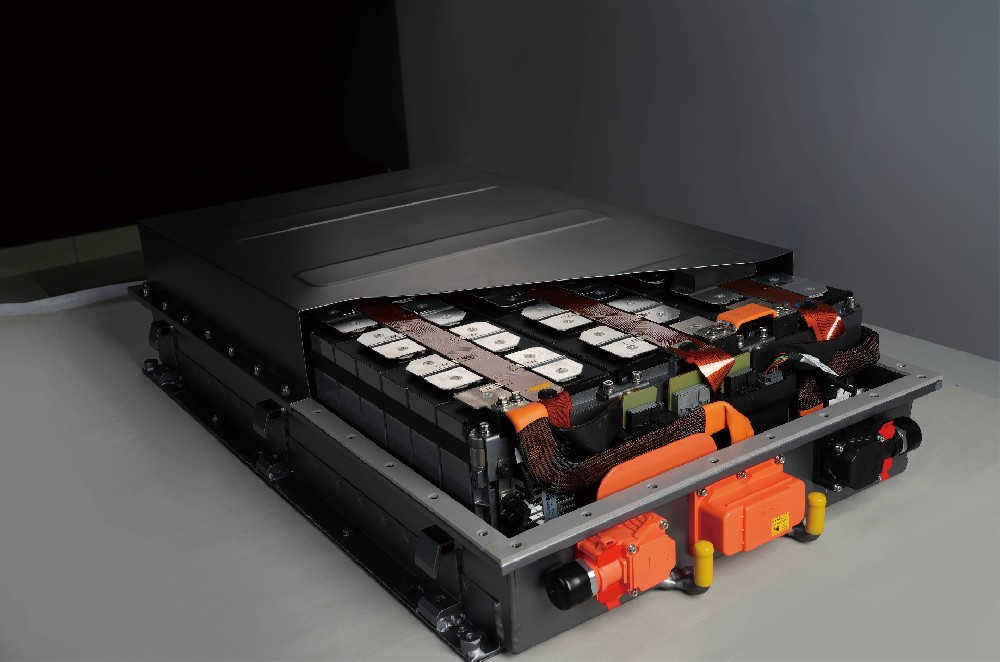Lithium-Ion Battery Care Guide
How It Works: Tiny Ions, Tremendous Power
The core structure of a lithium-ion battery consists of a cathode, anode, electrolyte, and separator. During charging, lithium ions are released from the cathode (typically made of lithium metal oxides such as lithium cobalt oxide or lithium iron phosphate) and migrate through the electrolyte to embed into the graphite anode. During discharge, this process is reversed, with lithium ions moving back to the cathode while electrons flow through an external circuit to deliver power to connected devices.
Key Advantages: Reliable, Compact, and Long-Lasting
Lithium-ion batteries offer several performance benefits that make them suitable for a wide range of applications:
- High Energy Density: Small in size but large in capacity, ideal for compact devices like smartphones and laptops.
- Long Cycle Life: Capable of hundreds to thousands of charge-discharge cycles, making them cost-effective and dependable.
- Low Self-Discharge Rate: Retain charge well over time, even when unused.
- No Memory Effect: Can be recharged at any time without degrading capacity, adding user convenience.
Common Types: Tailored for Different Applications
There are several mainstream lithium-ion battery chemistries currently in use:
- Lithium Cobalt Oxide (LCO): High energy density, mainly used in consumer electronics, though relatively expensive.
- Lithium Iron Phosphate (LFP): Excellent safety and long lifespan, widely used in electric vehicles and energy storage.
- Lithium Manganese Oxide (LMO): Lower cost with good low-temperature performance, though shorter cycle life.
- Nickel Manganese Cobalt (NMC/NCA): Balanced performance and high energy density, popular in premium EV models, though with slightly lower safety.
Usage and Maintenance: Best Practices for Longevity
Proper usage and storage are essential for maximizing battery performance:
Charging Tips:
- Avoid overcharging and deep discharging—always use the original charger.
- Charge within 0°C to 40°C for optimal performance.
- Recharge every few months when not in use, maintaining around 50% charge.
Discharging Advice:
- Avoid deep discharge; keeping battery levels between 20% and 80% is ideal.
- Reduce high current discharge—avoid rapid acceleration or braking in EVs to prevent accelerated aging.
Storage Guidelines:
- Store in cool, dry environments to avoid moisture damage.
- Keep at moderate charge (~50%) for long-term storage.
Future Outlook: Toward Safer, Higher-Energy Solutions
Lithium-ion battery technology is evolving rapidly. The development of new cathode materials, silicon-based anodes, and solid-state electrolytes is expected to significantly improve energy density, lifespan, and thermal safety.
As demand from electric vehicles and renewable energy storage continues to rise, the lithium-ion industry is expanding across the value chain—from materials research to integrated system solutions.
Conclusion
With its superior performance and growing applications, the lithium-ion battery stands as a core driver of technological advancement. Understanding its principles and proper usage not only enhances device life but also prepares us for a smarter, more sustainable future.







